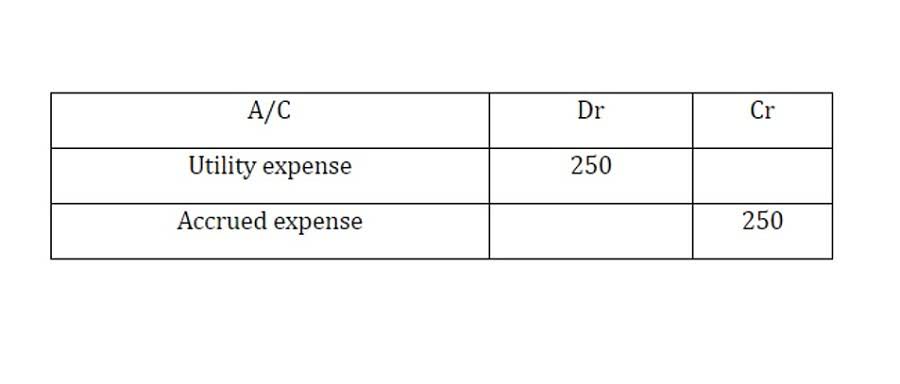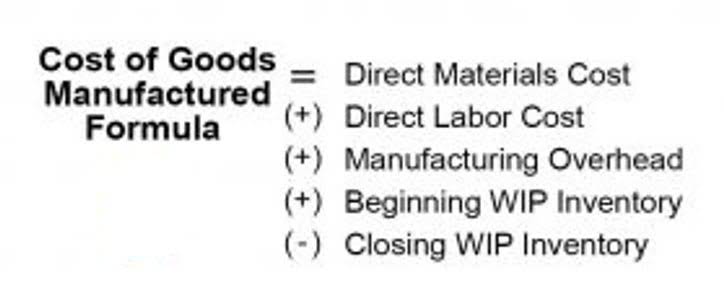
It’s like having X-ray vision for seeing through complex financial reports; you get to spot strengths and weaknesses straight away. Net sales are the first line you’ll see when preparing a multi-step income statement. They show how much money your business made from selling goods or services before any costs get taken out. While companies may choose the format that best suits their needs, some might choose a combination of both the multi-step and simple income statement formats. The multi-step income statement may be more beneficial for internal use and management decision-making because of the detail Accounting for Technology Companies in account information.
Which income statement format should you use?

It includes all expenses (including the cost of goods sold) in one column, rather than breaking them into subcategories like operating and non-operating expenses. Operating income is calculated by subtracting the total operating expenses from the gross profit. A multi-step statement is an income statement prepared to report a company’s sales and revenue, expenses and overall profit or loss for any given period.
- You can also more easily compare your performance against industry standards.
- However, because of large sales commissions and delivery expenses, the owner(s) may realize only a very small amount of the gross margin as profit.
- So it’s not so complicated, there are just a few steps along the way, right?
- Both types of income statements show your revenue, minus your expenses and losses.
- These deductions are essential to arrive at net sales, the accurate starting point for the income statement.
Steps to create a multi step income statement

So the first one would be interest revenue is what we call non-operating. So if we’re loaning money out or something like that, and we get some interest, well we’re not a bank, right? The multi-step income statement provides a structured approach to calculating net income, starting with sales revenue and subtracting the multi step income statement cost of goods sold (COGS) to determine gross profit. Operating expenses, such as payroll and rent, are then deducted to find income from operations. Single step vs multi step income statements means the difference between simple and detailed income statements. A multi step income statement includes subtotals for gross profit, operating expenses, and non-operating expenses.

Single-Step vs. Multiple-Step Income Statements: What’s the Difference?
- The multi-step income statement allows for identifying trends and insights through the detailed data provided, enabling stakeholders to understand the dynamics of the company’s financial performance over time.
- It equips managers and stakeholders with the knowledge to identify financial trends, assess operational efficiency, and implement strategic changes to improve profitability and financial health.
- This ratio dives deeper into the relationship between sales and the costs directly tied to those sales.
- Examples of non-operating expenses include inventory write-offs, interest expenses, and income tax.
- Typically, an income statement starts with revenue (or sales), which refers to money you made from selling goods and services.
You can compare your financial performance over different periods to identify changes. Although you get more information from the multi-step statement, it is more difficult to interpret than a single-step income statement. There’s also a potential for over-analysis because you have more information to work with.
- It isolates the operating revenue and operating expenses from the non-operating revenue and expenses to give a clear presentation of the records.
- A multiple-step income statement presents two important subtotals before arriving at a company’s net income.
- This would include large manufacturing businesses as well as large, complex retailers.
- In the case of “Sweet Treats Bakery,” the single-step income statement provides a basic overview of financial performance, suitable for the small scale of operations.
- So the first one would be interest revenue is what we call non-operating.
Advantages and Disadvantages of Multi Step Income Statement

By breaking down revenues and expenses into more detailed categories, businesses can better assess which areas are driving profitability and which are incurring costs. This detailed analysis aids in making informed decisions about where to allocate resources, how to cut costs, and where potential growth opportunities lie. A multi-step income statement is more detailed than a single-step income statement. It separates operating revenues and expenses from non-operating ones and distinguishes between QuickBooks direct and indirect expenses. Non-operating items such as interest income and expenses, and income tax expense, significantly influence the income statement. The key components of a multi-step income statement include gross profit, operating income, non-operating incomes and expenses, and the final net income.
- Whether it’s multi-step or single step, an income statement is a key financial statement that shows how profitable your business was over a given reporting period.
- If a tree hit the building and the insurance company paid out a small settlement, the income would not be reported with total sales.
- This article will delve into the intricacies of the multi-step income statement, its key components, preparation, and its significance in analyzing a company’s financial performance.
- Simpler business structures, such as sole proprietorships and partnerships, have the option of using either the single-step or the multi-step format.
- Accounting sync apps help businesses create detailed and accurate P&L reports, and Synder is one of the best tools for this task, as it provides all the necessary financial data.
